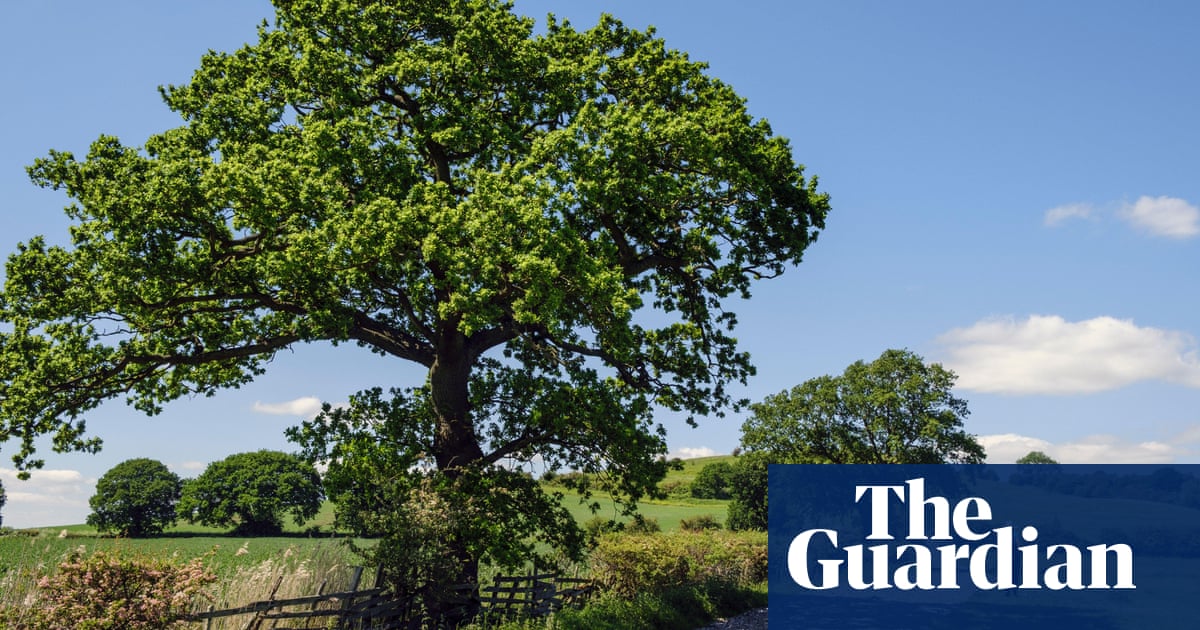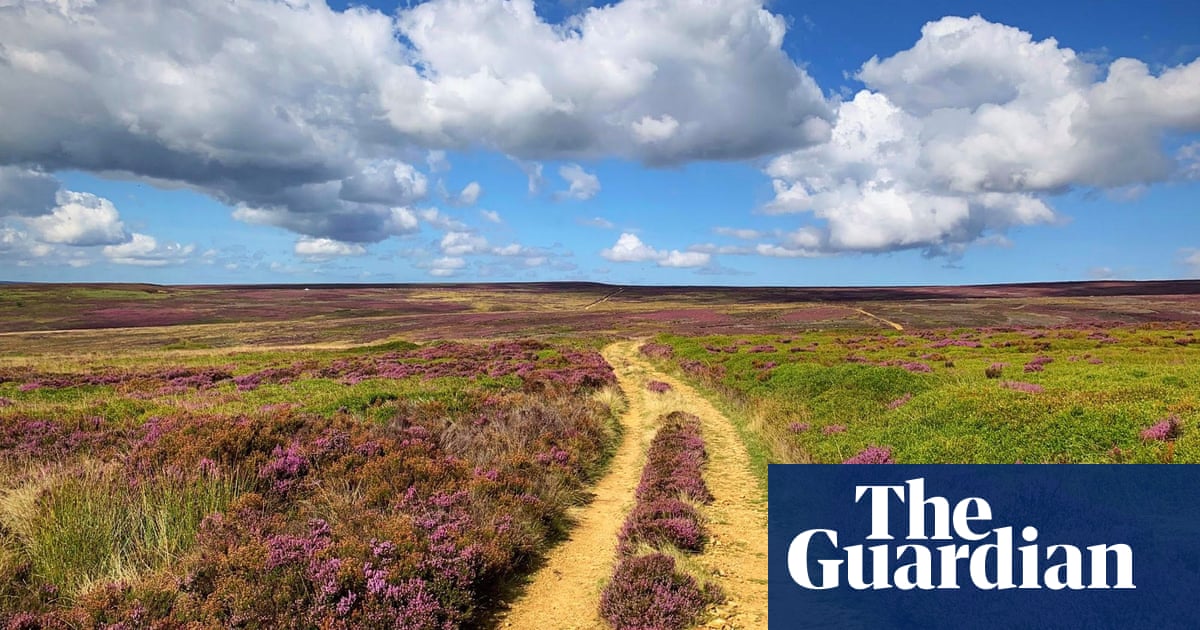
The Ramblers’ report into public footpaths (Whitest parts of England and Wales have 144% more local paths, study finds, 20 September) highlights an injustice. But this is a problem with a long backstory and it’s about more than lost rights of way. Before the coming of the motorcar, pedestrians used the roads to get about the country, sharing them for many centuries with riders and horse-drawn vehicles. When you read the chronicles of some of our greatest walkers – Coleridge, Keats and, even as recently as 1913, Edward Thomas – it’s clear that they are mostly walking on roads, not footpaths.
The car, backed by massive state investment, has progressively pushed walkers off the roads and left them with nowhere else to go.
It’s time to right that wrong, but it’s not enough to have a patchwork of old rights of way: we need a meaningful network that connects where people are to the places they want to go.
Tony Hufton
Norwich
It is no surprise to me that Liverpool is among the bottom five local authorities for provision of public footpaths in England and Wales. Over 60 years ago, as youngsters we would use a popular footpath to walk from Orrell Park past Walton jail to the local public library in Walton. The same path, later confirmed as a public footpath, was also a popular safe off-road walking route to Rice Lane school.
Not any more. Despite a courageous campaign by my late brother, Tony Birtill (Obituary, 18 January 2022), it was gated off by the council at the behest of local property owners, supported by compliant councillors.
Public footpaths only work if they connect up neighbourhoods. Long-established footpaths should always take priority over opportunistic residents seeking advantage for their properties. If residents don’t like a footpath, they should move somewhere else.
John Birtill
Guisborough, North Yorkshire
As well as the unequal access to public footpaths in local communities, the lack of public transport, particularly in rural and county council authorities, is also a major barrier for many to be able to enjoy the benefits of walking farther afield.
Getting people out of cars through a coordinated walking and public transport strategy would also contribute to protecting the environment. But this approach seems highly unlikely given the government’s softening on net zero pledges, including their opposition to low emission zones (which would make local walking more attractive and healthy), the delay in banning the sale of new petrol and diesel cars, and the lack of investment in public transport.
Mike Stein
Pudsey, West Yorkshire
It’s interesting to see that the provision of footpaths in Norwich is allegedly so poor. Having moved here from the Peak District where she had to drive to access the GP, shops or cinema, my mother-in-law now walks everywhere. The centre of the city is completely pedestrianised. Indeed the first street ever pedestrianised in the UK is in Norwich. There are many parks and footpaths along the river which are used as integral parts of people’s daily routines, not just as places to “go for a walk”.
May I respectfully suggest that the Ramblers re-examine their methodology.
Kathy Moyse
Wacton, Norfolk












